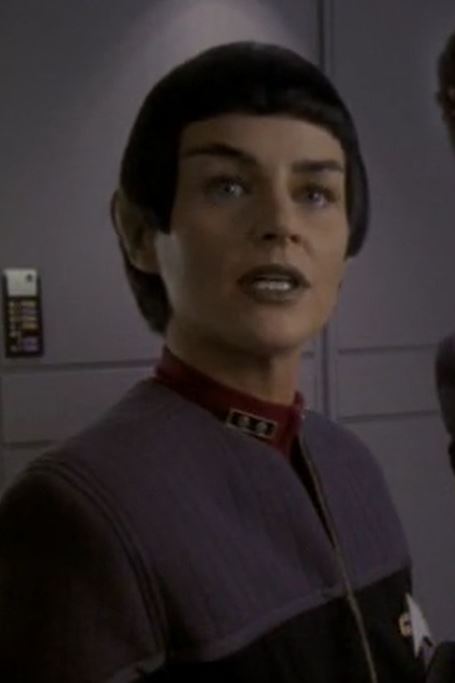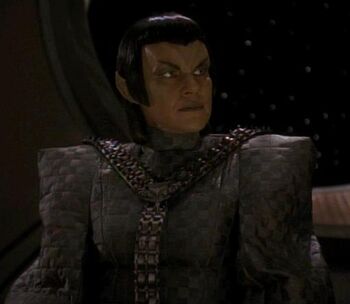Okay, help me out, show me a spectrum reading of a single lightsource that continually outputs light with high intensity in the UVB and in the red spectrum, but low in between the two. I wanna learn.
What are you talking about? What we want is for Vulcan's star to have low UV emissions (relative to Sol) to explain why its desert-dwellers don't need a lot of melanin.
The assumption you made was that they wound in fact use the real space ( get it, like real world? ;-) facts about the star.
It was not an "assumption," it was an informed conclusion based on the evidence I just provided you. Since I've already shown my work, already demonstrated the reasons why I drew that conclusion, you have no grounds for calling it an "assumption."
The convolution comes when you expect me to accept assumptions you've made based on the writers life etc and how they will be used in the show, however valid they may seem from your perspective (and I do see that)... What do we know? Vulcan's sun is red.
Which should tell anyone with a decent high school education in astronomy that it's probably weaker in ultraviolet than the Sun. Although maybe I'm giving modern American high schools too much credit.
it seems awfully close (or big?). Vulcan is hot.
Neither of which has anything to do with its UV output specifically. Again, 90% of stars are cooler and redder than Sol. But of course a planet can be closer to its star than Earth is; a planet around a red star would have to be closer to have liquid-water temperatures. So as seen from such a planet, the sun would be larger in the sky than Sol is and could be just as bright. And of course hotness is a function of how close a planet is to its star -- and how much infrared radiation the atmosphere traps with the greenhouse effect. UV output is a separate question.






